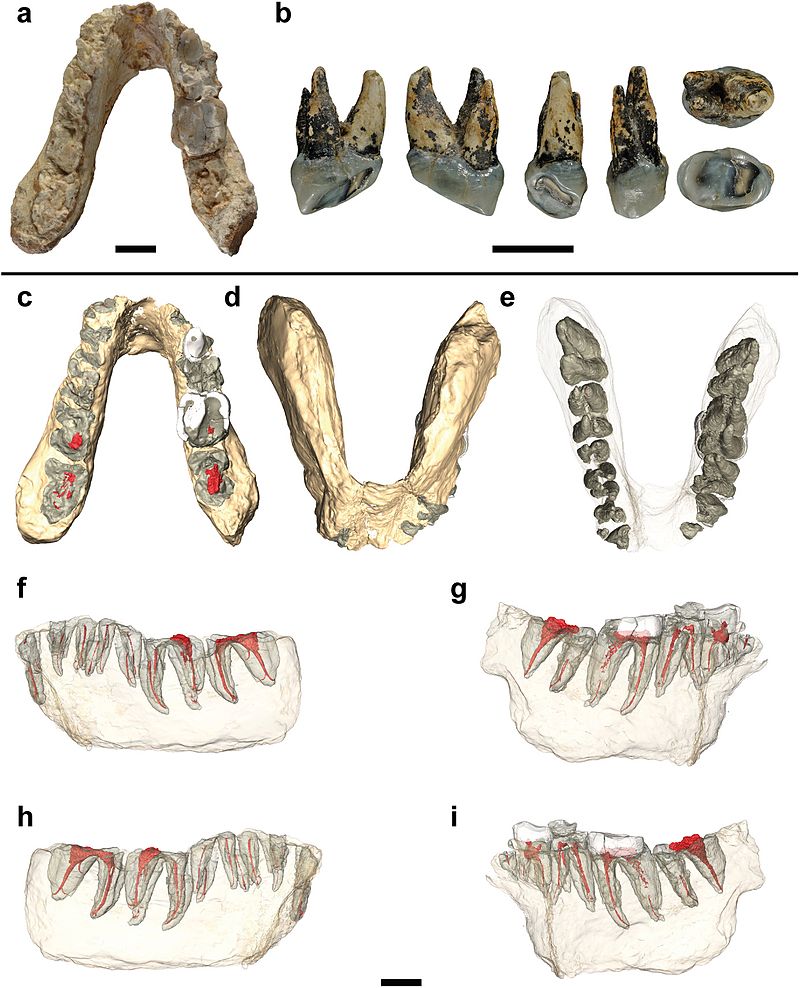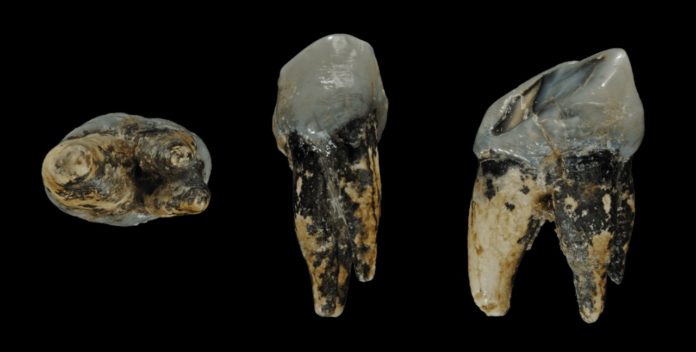Researchers have found evidence that the link in the lineage of the great apes and humans took place in the Eastern Mediterranean — not in Africa — and that the first pre-human, or hominin, walked in the Northern Greece-Balkans area, according to research published in the scientific journal PLoS One and ScienceDaily.
Up until the time researchers made the discovery, in 2017, scientists had assumed that the lineages diverged five to seven million years ago and that the first pre-humans developed in Africa.
However, an international research team from Germany, Bulgaria, Greece, Canada, France and Australia, headed by Professor Madelaine Bohme from the Senckenberg Centre for Human Evolution and Palaeoenvironment at the University of Tubingen and Professor Nikolai Spassov from the Bulgarian Academy of Sciences, believe that human history began a few centuries earlier — and in the general area of the Balkans.

Publishing their results in two papers in the scientific journal PLoS ONE in May of 2017, the researchers explained that the two only known specimens of the fossil hominid Graecopithecus freybergi include a lower jaw, found in Greece, and an upper premolar, from Bulgaria.
Previously, it had been thought that apes had died out in this area more than three million years previous to that time, making this the youngest ape-like fossil ever found in Europe.
Using state-of-the-art computer tomography, the researchers visualized the internal structures of the fossils and demonstrated that the roots of the premolars are widely fused. The scientists investigating the two fossils of Graecopithecus freybergi came to the conclusion that they in fact belonged to pre-humans.
“While great apes typically have two or three separate and diverging roots, the roots of Graecopithecus converge and are partially fused — a feature that is characteristic of modern humans, early humans and several pre-humans including Ardipithecus and Australopithecus,” said Bohme.
“This condition is so far only known to occur regularly in hominins – pre-humans and humans,” Spassov says. “It is extremely rare in recent chimps.”
The lower jaw, which scientists have nicknamed “El Graeco,” has additional dental root features, suggesting that the species Graecopithecus freybergi might belong to pre-humans, or hominins.
Additionally, researchers also found that it featured relatively small canines – which is yet another hominin trait.
Amazingly, the Graecopithecus is several hundred thousand years older than the previously believed oldest pre-human from Africa, the six to seven-million-year-old Sahelanthropus from Chad.
The sedimentary layers at the Graecopithecus fossil sites in Greece and Bulgaria showed a nearly synchronous age for both fossils — 7.24 and 7.175 million years before the present.
“It is at the beginning of the Messinian, an Age that ends with the complete desiccation of the Mediterranean Sea,” Bohme explained.
Professor David Begun, the University of Toronto paleoanthropologist and co-author of the study, added, “This dating allows us to move the human-chimpanzee split into the Mediterranean area.”’
Source: greekreporter












